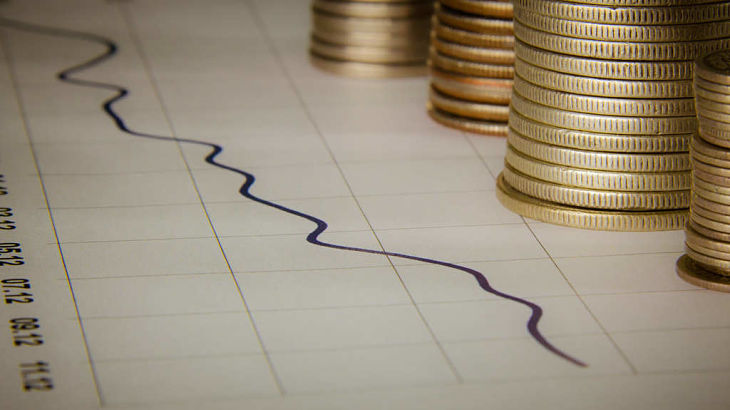When filling out a diversified fixed-income portfolio, investors should consider the merits and risks of incorporating a high-yield, speculative-grade bond exchange traded fund.
High-yield bonds exhibit a similar nature to stocks as the equity-like debt securities are issued by businesses with lower credit ratings, so their likelihood of being repaid in full will fluctuate with the business cycle, Abby Woodham, ETF Strategist at Deutsche Asset Management, and Robert Bush, ETF Strategist at Deutsche Asset Management, said in a research note.
“High yield tends to trade in an ‘equity-like’ manner, rallying when times are good and falling when economic conditions call into question firms’ ability to service their debts,” the Deutsche strategists said.
While high-yield bonds may move more like stocks, potential investors should keep in mind that equities still show greater risk than the fixed-income asset. The Deutsche strategists pointed out that the historical average correlation between equities and high yield was 0.37, a relatively low level that could still allow investors to diminish overall risk in their portfolios.
When assessing risk in the high yield market, investors should watch for the credit spread and duration.
Credit spread indicates the additional yield above Treasury bonds that investors demand to take on additional risk inherent in debt of similar maturity, so the higher the spread or greater the yield would imply higher risk and fuel default concerns.
